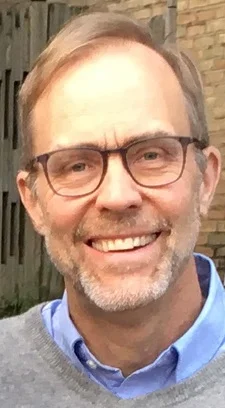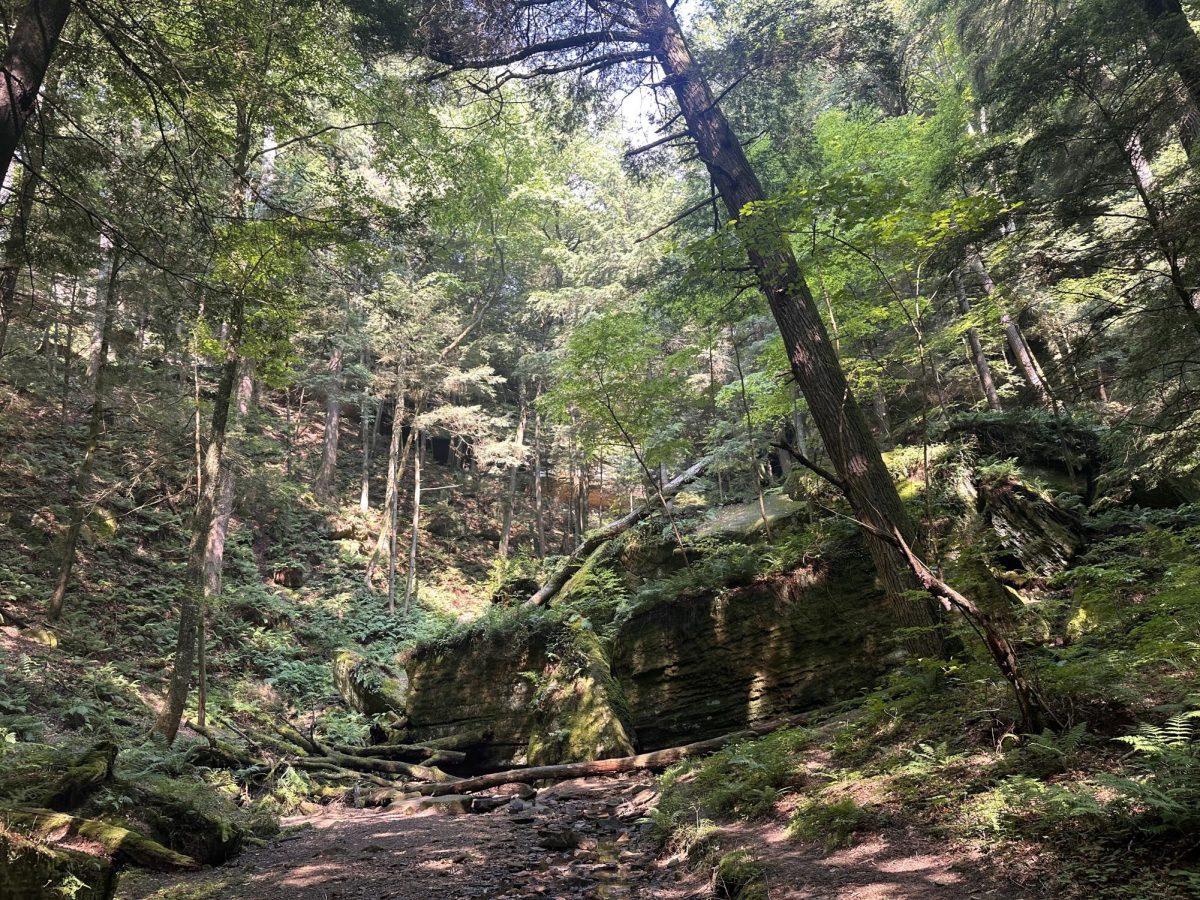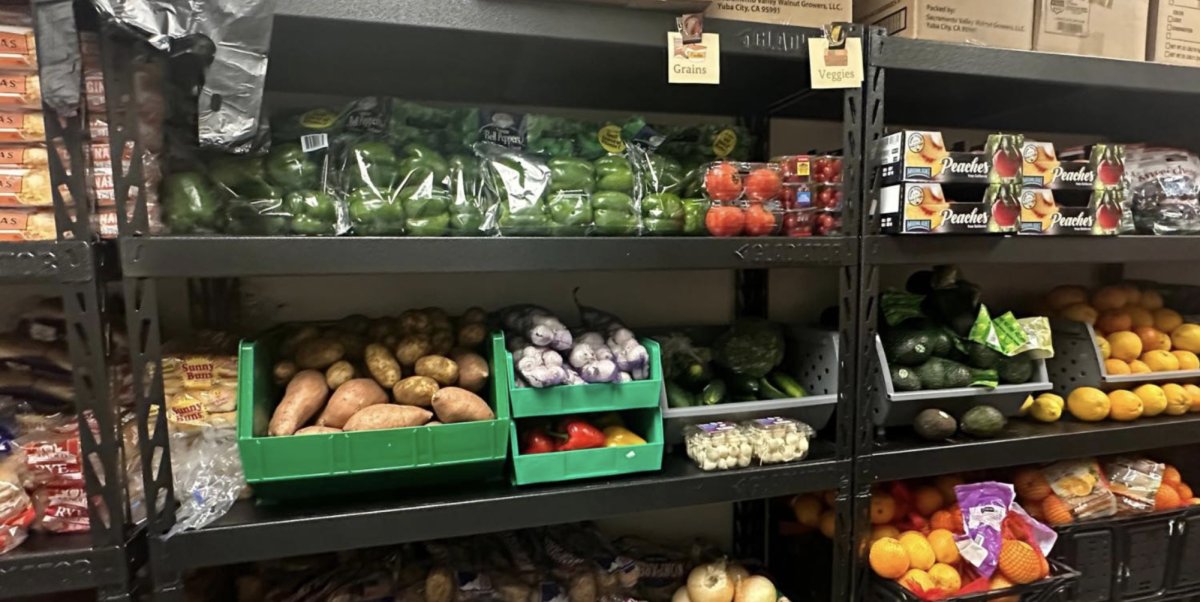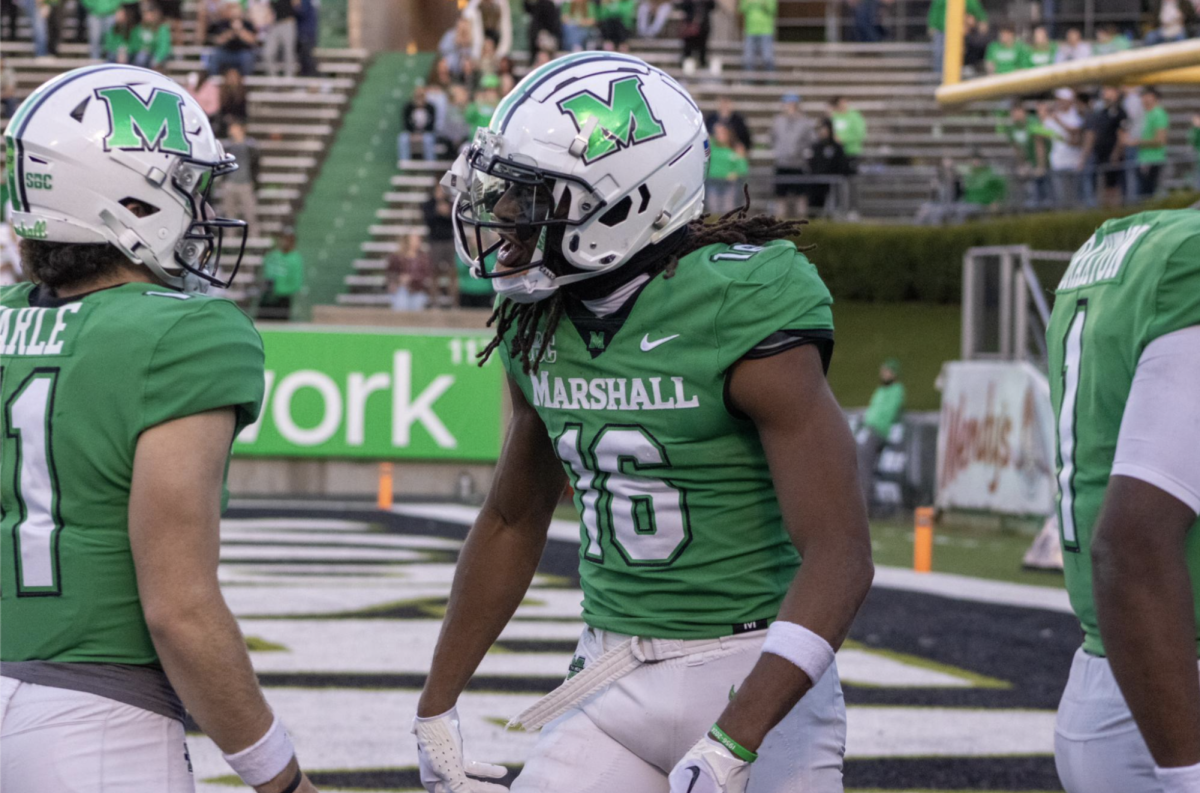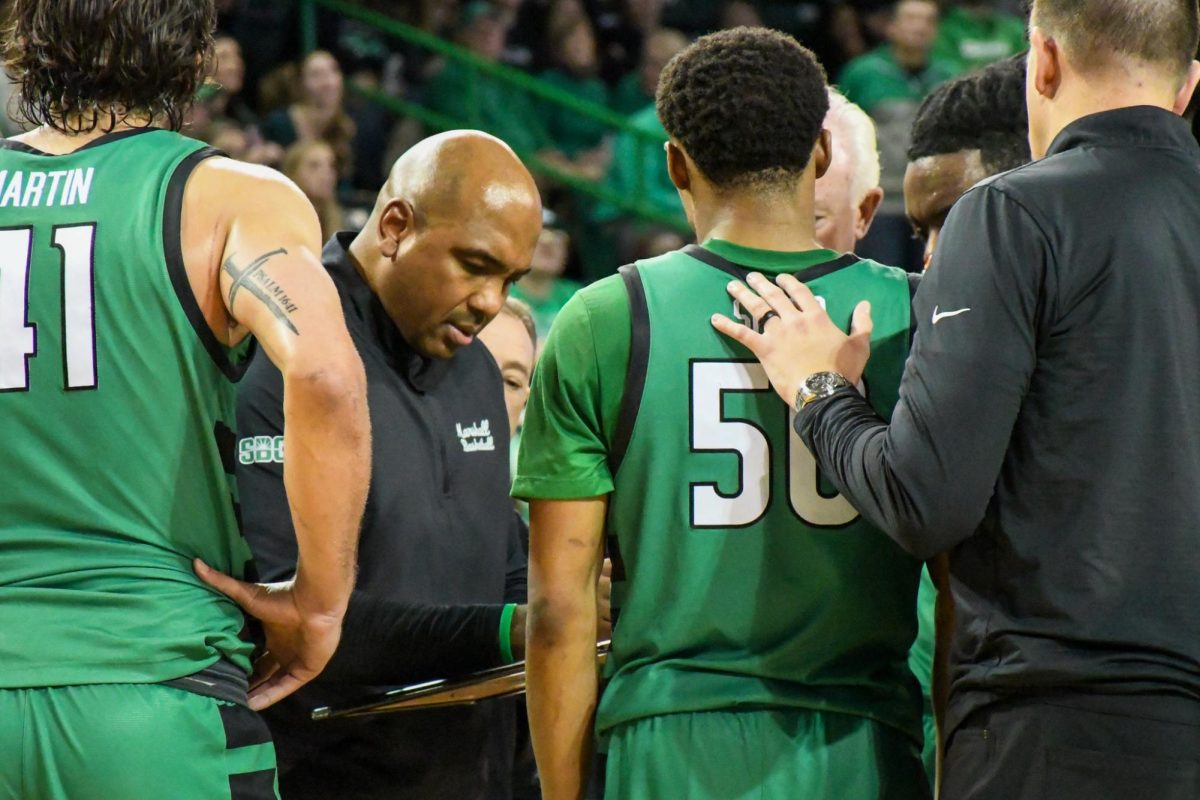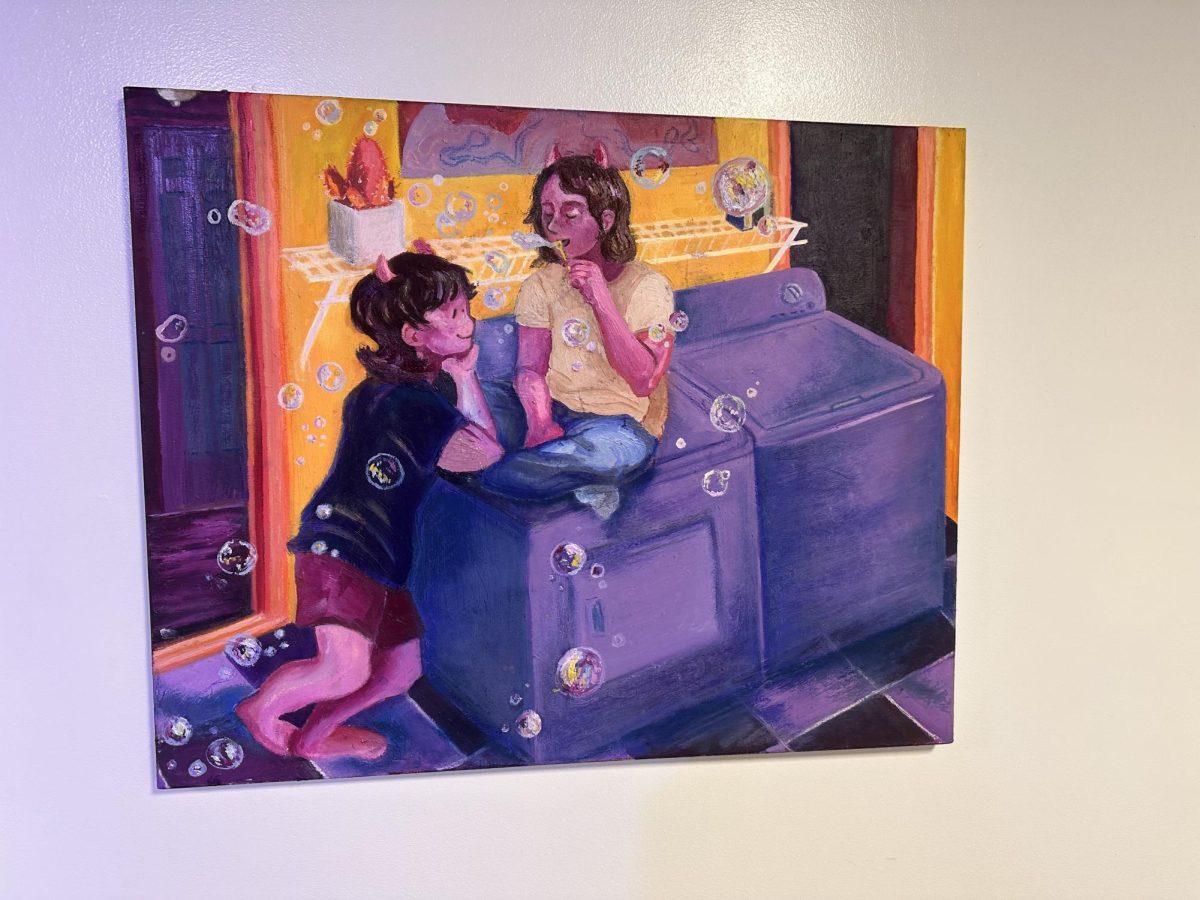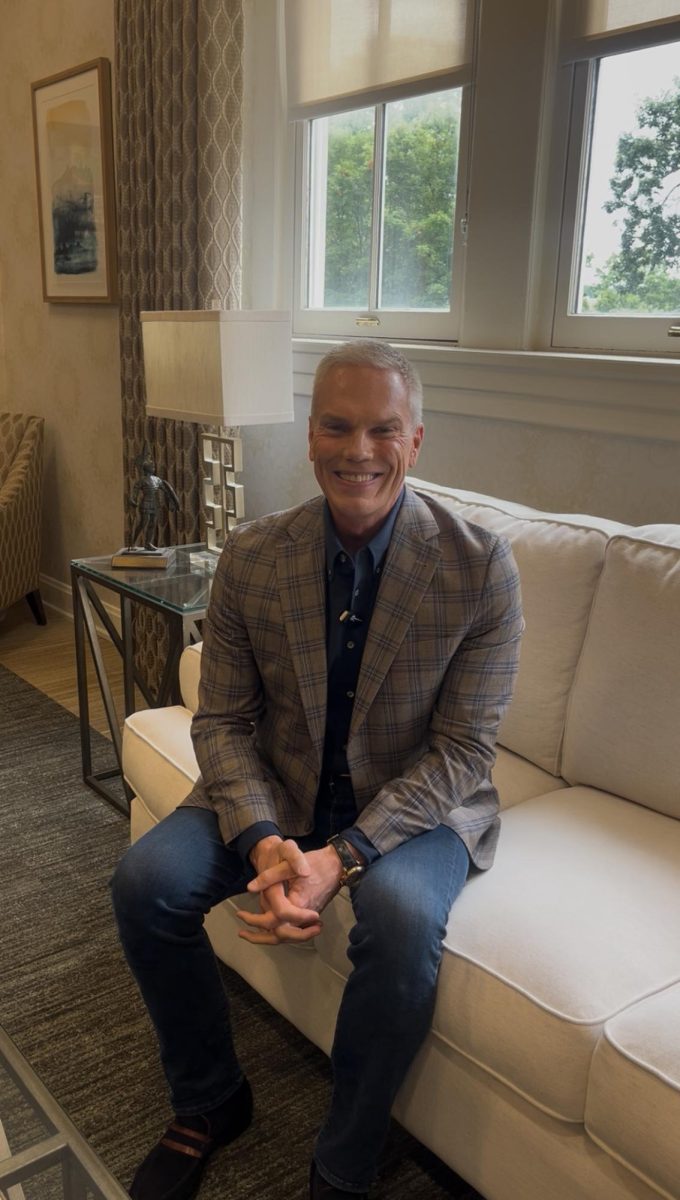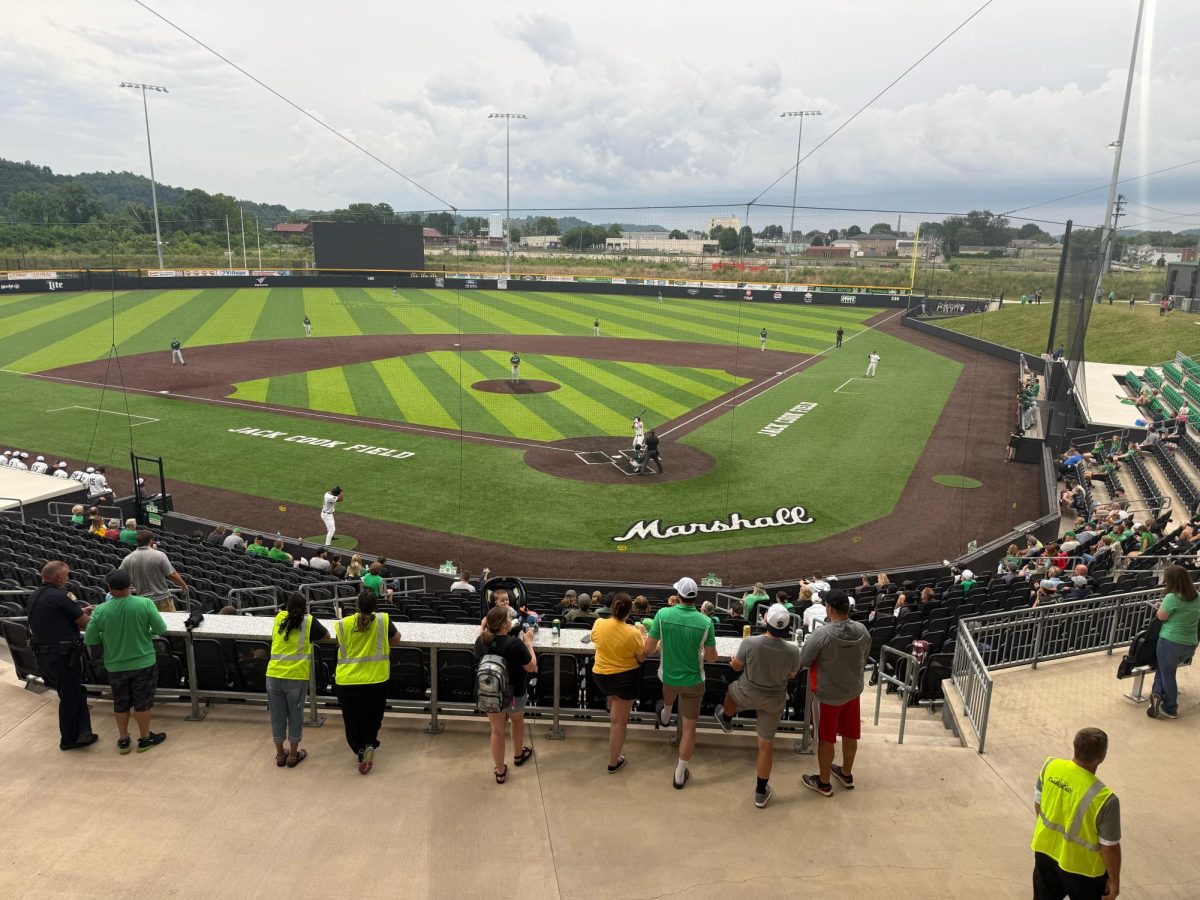New Lecture Series Introduces Geomythology
February 6, 2023
Marshall’s new lecture series—Artists, Scholars, & Innovators—made its debut on Thursday, Feb. 2.
Dr. Timothy Burbery, English professor, presented information from his 2021 book “Geomythology: How Common Stories Reflect Earth Events.”
Geomythology is defined as “the geologic application of euhemerism,” according to Dorothy Vitaliano, the founder of geomythology.
Burbery noted that although geomythology is not an exact science, it can be linked to many aspects of science. His book highlights this truth as well as bridging the gap between legends of humanity and scientific phenomenon.
Burbery also explained geomythology as a way to describe how certain land formations and other features of our world came to be. Examples of this include the Green Mountains of Vermont, the Thousand Islands of Canada and the American Groundhog Day, where a groundhog is said to predict our weather for the weeks to come.
“These narratives are charming, of course, but again, they ignore the true causes for these landforms,” he said.
Burbery then spoke of the Moken people, a group in Thailand, who were known for their abilities to swim and water-based lifestyle. In 2004, a massive earthquake struck the land, which led to a tsunami, destroying many of their properties. The earthquake was the third largest ever recorded and triggered other earthquakes around the world.
The Moken people believed it was the work of the Laboon monster. The story went onto tourists, who now often touch the Moken for good luck.
Other examples of this include the cyclops monster, dragons and pegasus.
Geomythology is also found in non-animal myths as well. Illustrations of this include “killer lakes” where freshwater bodies excrete CO2, harming the people around them. Although we know this to be the greenhouse effect, myths and legends nurture the idea of other causes.
“It might seem that at times, only story and story alone is up to the job of really expressing and capturing the horror or the wonder of such events,” he said.
Another section of “Geomythology” covers the common objections to the study.
Burbery uses the famous “chicken and egg” analogy, saying:
“The fact that many geomyths originate in areas where there are known fossils and related discoveries makes it harder to believe that all details were concocted by scratch.”
In closing, Burbery explained how scientists may feel inclined to believe some phenomena have fairytale-like explanations.
“We seem to be wired for stories and terrifying, lovely ones, if that,” he said.
Burbery ended with a quote by marine biologist and screenwriter Randy Olson, who said, “The mantra of today’s scientists should be not ‘Houston, we have a problem,’ but rather, ‘Houston, we have a narrative.’”


